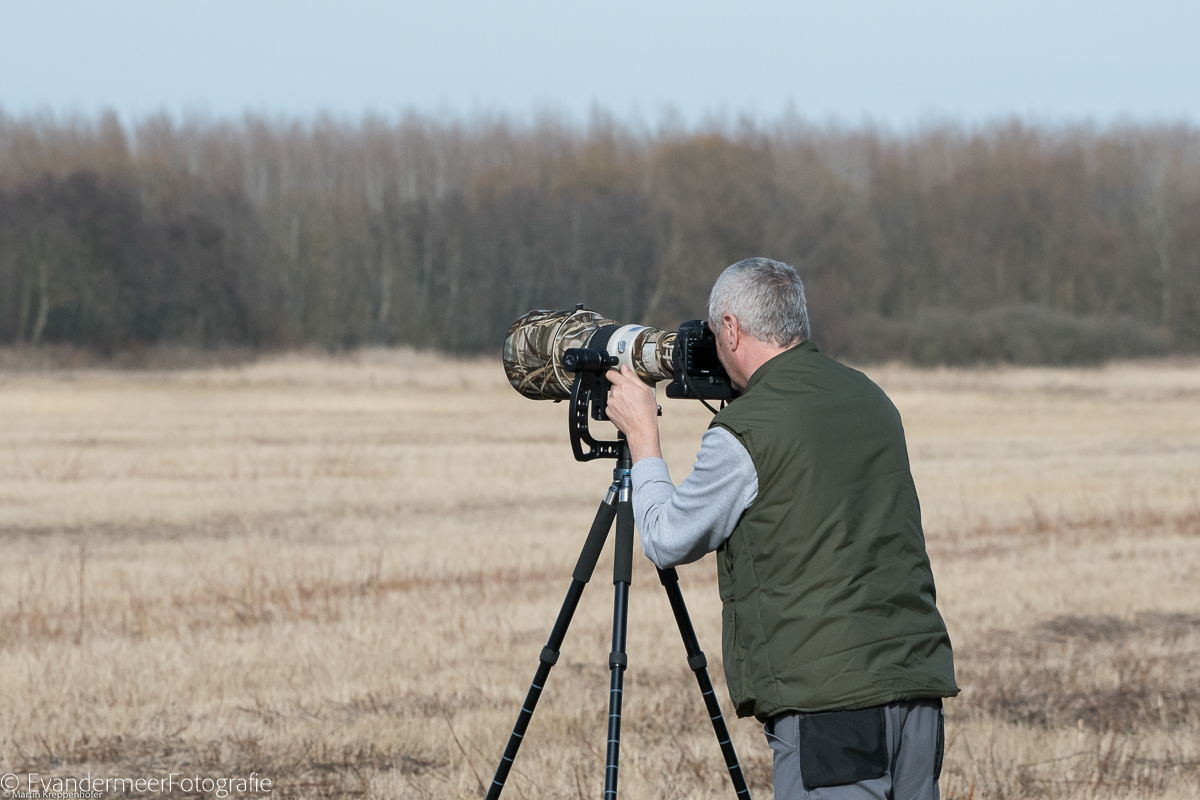ABOUT ME

As a passionate nature photographer, I have gained a lot of experience since the 80s and at the beginning of my career still worked with an Agfa small picture film in black and white and colour on 36 rolls, and then as a photographer to develop the pictures in the hope of some good pictures to have caught. Then, in the 2000s, the first digital SLR camera came out from Canon. And in 2003, the first APS-C format of the 300D which I also bought with an EF 70-300 USM. With that, I really got off to a good start in wildlife photography.
In addition to a lot of photographic and technical understanding, wildlife photography usually also requires a lot of patience and background knowledge of the different habitats and behaviour of animals to achieve good pictures. Please always have one thing in mind: nature always comes first! For a good photo, it is definitely not worth disturbing or endangering any kind.
Vandermeerfotografie adheres to the following rules of conduct and personal experience:
- to take photos in nature reserves, I always adhere to the written rules of conduct. So, e.g. never leave the existing path, do not enter any forbidden area
-you will never find pictures of bird nests during the breeding season with vandermeerfotografie
- calm behaviour as a nature photographer that has a considerable influence on the escape distance.
The distance to escape depends on the time of year and the age of the animal. During the rutting season, for example, deer are so busy reproducing that they temporarily give up some of their shyness. And where people don't hunt, the animals are less shy.
The cycle of nature, the balance, the action and counteraction is so complex and sensitive that no scientist can research it in depth. Every disturbance can have extreme effects.
Make sure that the human figure is not visible. It is therefore important that I make myself as small as possible or (even better) hide / camouflage.
Many animal species recognize people by their faces from a distance. The shape of the face (eyes, nose, ears and mouth) and that of the hands, as well as light skin colour, trigger escape reactions. It is therefore important to cover a light colour as well as possible or to make it unrecognizable with a head covering or even better with a camouflage suit. The colour of the clothing must be low in contrast, dark and blend in with the surroundings. Mammals don't see colours well, but contrasts do. Birds can distinguish colours well. Brown and green are the best colours because these colours are the most common in nature. In addition to the colour, the pattern is also important.
My clothes (or those of the camouflage tent) must "shrink" in the natural pattern of the vegetation. Example: hidden in the reeds or along the pond, it is best to wear clothing with a vertical structure that merges with the stems.
My equipment
Canon Equipment:
- Canon EOS R7 since 12.2021
- Canon EOS R since 07.2020
- Canon EOS 7D Mark II since 2015
- Canon EOS 700D (for landscape photography) since 2013
- Canon RF 100-500mm F4.5-7.1 L IS USM
- Canon RF 800mm f11 IS USM
- Canon RF Converter 1.4
- Canon Extender EF 1.4x III
- Canon Extender EF 2x III
- Canon Macroobjektiv EF 100mm 1:2.8L IS USM
- Canon zoom lens EF-S 15-85mm f4:5.6 USM
Sigma Equipment:
- Sigma DC 8-16.mm 4.5-5.6 HSM
Three pods:
- Rollei bis 22kg
Gimbal:
- gimprogear https://www.gimprogear.com/product (Handmade and proved in the african steppes)
- gimpro car door Gimbalsystem
Filter Equipment:
- Haida
- Cokin
Photo editing program:
- Adobe Lightroom CC
- Adobe Photoshop
- Adobe Photoshop Express
- Adobe Cloud
Email: info@vandermeerfotografie.com
